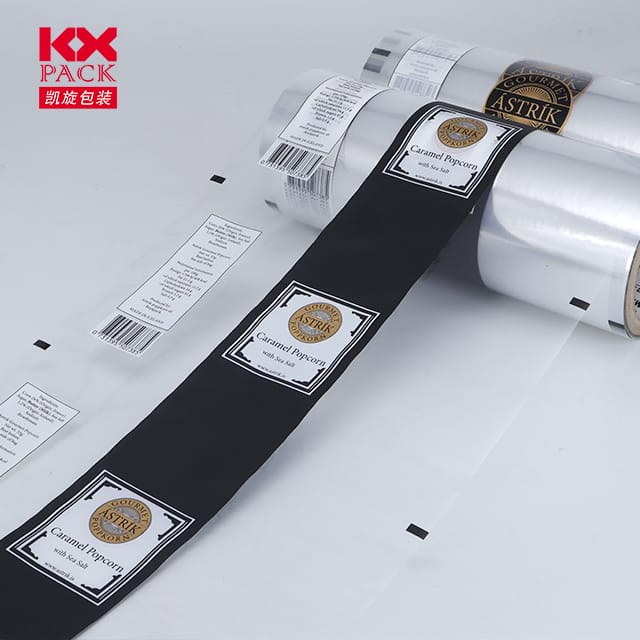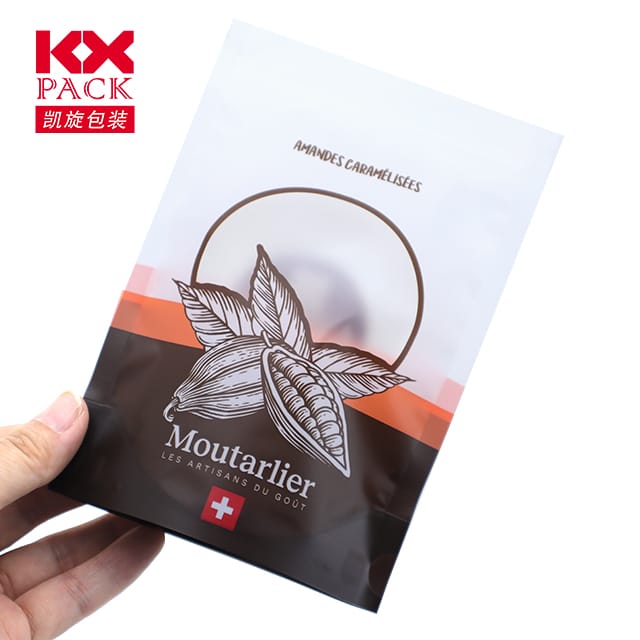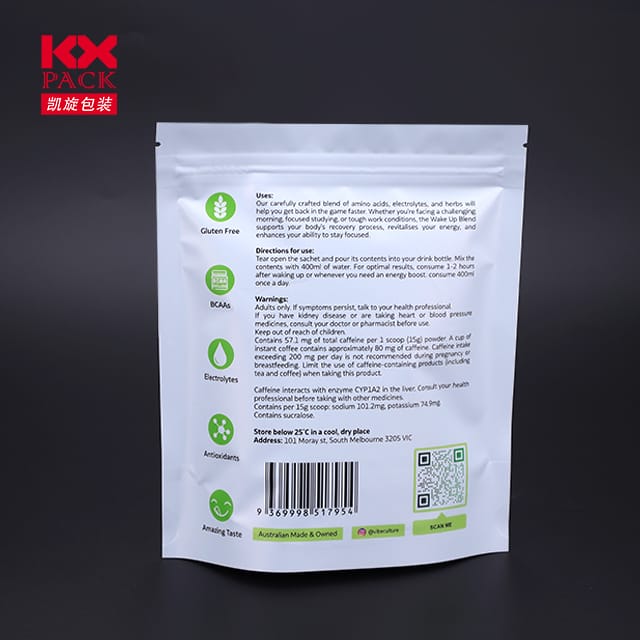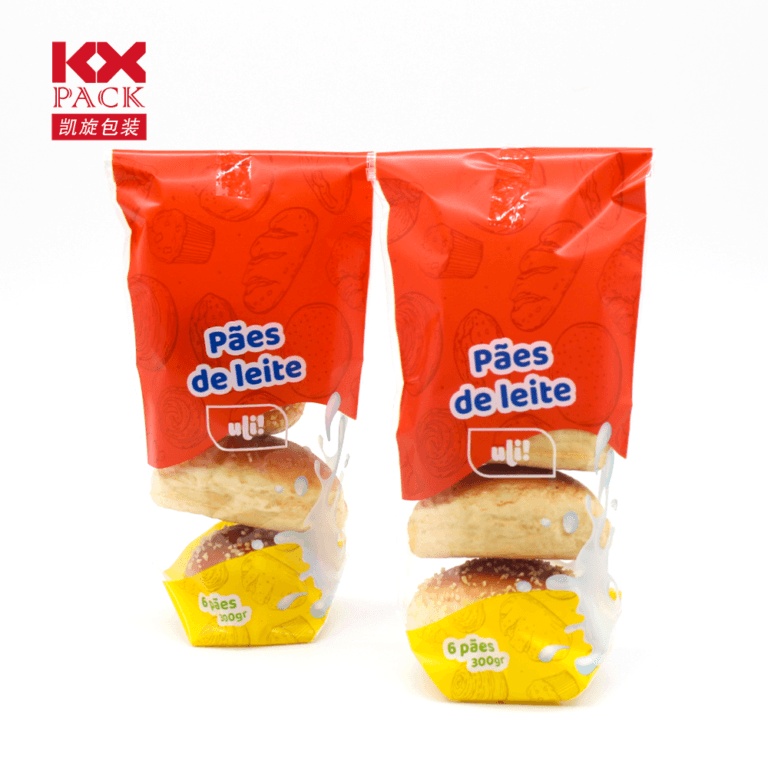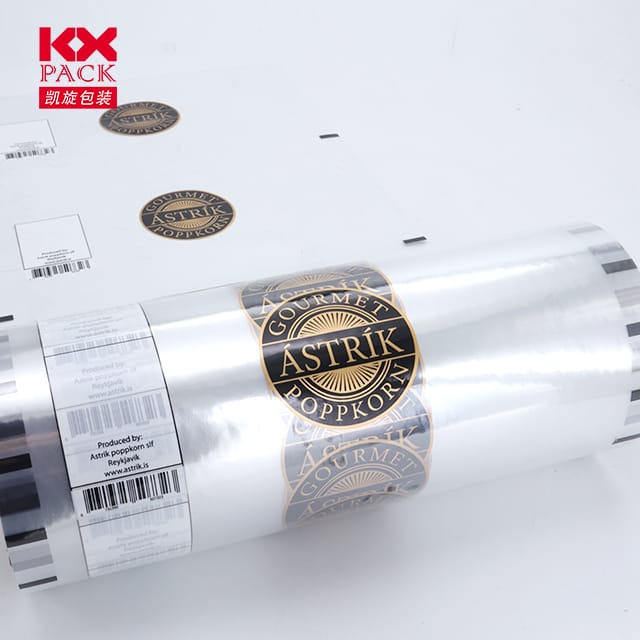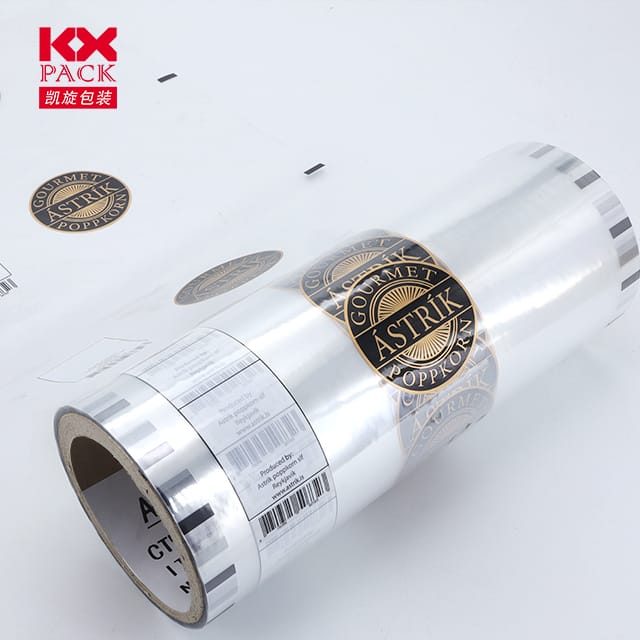塑料胶卷的多功能世界: 解开其多种用途和环境影响
塑料膜卷
在现今世界里, 塑料胶卷无处不在. 从仓库的包装商品到在我们的厨房保存食物, 这些多功能卷在众多行业和日常生活中起着至关重要的作用. 然而, 他们的无所不能也提出了有关其环境影响和可持续替代方案的重要问题. Let’s dive into the multifaceted world of plastic film rolls, exploring their uses, 好处, 挑战, 和潜在的解决方案.
The Many Faces of Plastic Film Rolls
Plastic film rolls come in various thicknesses, 材料, and configurations, 每个针对特定应用程序量身定制的. Here are some of the most common uses:
- Packaging and Protection: In logistics and warehousing, plastic film rolls are indispensable for packaging, fixing, and protecting goods. Stretch wrap, 例如, securely holds items in place during transportation, preventing damage and loss.
- 食品保鲜: 在食品行业, plastic films such as polyethylene (体育) 和聚氯乙烯 (PVC) are used to extend the shelf life of perishable goods by creating a protective barrier against moisture, 氧, 和污染物.
- 农业: Agricultural plastic films play a crucial role in modern farming. They are used for mulching to conserve soil moisture, control weeds, 和调节温度, significantly enhancing crop yields.
- Hygiene and Medical Applications: In healthcare settings, plastic films are used for sterile packaging, 手术窗帘, and medical device wraps, ensuring patient safety and reducing the risk of infection.
- Construction and DIY: Builders and DIY enthusiasts often use plastic films for underlayment in roofing, waterproofing basements, and creating temporary barriers during renovations.
Benefits and Challenges
The benefits of plastic film rolls are numerous: they are lightweight, 耐用的, 性价比高, and versatile. 然而, these advantages come with significant environmental challenges.
Plastic pollution is a global crisis. 一次性塑料, including many types of plastic film, often end up in landfills, 海洋, and natural habitats, where they persist for centuries. Marine life ingests or becomes entangled in plastic debris, leading to widespread ecological damage.
而且, the production of plastic films relies heavily on fossil fuels, contributing to greenhouse gas emissions and climate change. The extraction, refining, and processing of petroleum-based raw materials also consume vast amounts of energy and water resources.
Moving Towards Sustainability
Addressing the environmental impact of plastic film rolls requires a multifaceted approach:
- Innovation in Materials: Research and development are focused on creating biodegradable or compostable alternatives to conventional plastic films. Bioplastics made from renewable sources like cornstarch, 甘蔗, or algae are gaining traction.
- 循环经济: Promoting a circular economy involves designing plastic film products for recycling and reuse. Efforts are underway to improve recycling technologies and increase the collection and processing of plastic waste.
- 扩展生产者责任 (EPR): Policies that hold manufacturers accountable for the entire lifecycle of their products, including post-consumer waste, can incentivize the development of more sustainable packaging solutions.
- 消费者意识和行为改变: Educating consumers about the environmental impact of plastic waste and encouraging behaviors such as reducing single-use plastics, reusing packaging, and properly disposing of waste can make a significant difference.
结论
Plastic film rolls are indispensable in numerous sectors, contributing to efficiency, 安全, 和便利. 然而, their widespread use comes with serious environmental consequences. Addressing these challenges requires collaboration between governments, 企业, 和消费者. 通过拥抱创新, fostering a circular economy, and promoting responsible consumption, we can mitigate the negative impacts of plastic film rolls and pave the way for a more sustainable future.
As we continue to unpack the complexities of plastic film rolls, let us remember that small changes in our practices can lead to significant improvements in the health of our planet.

